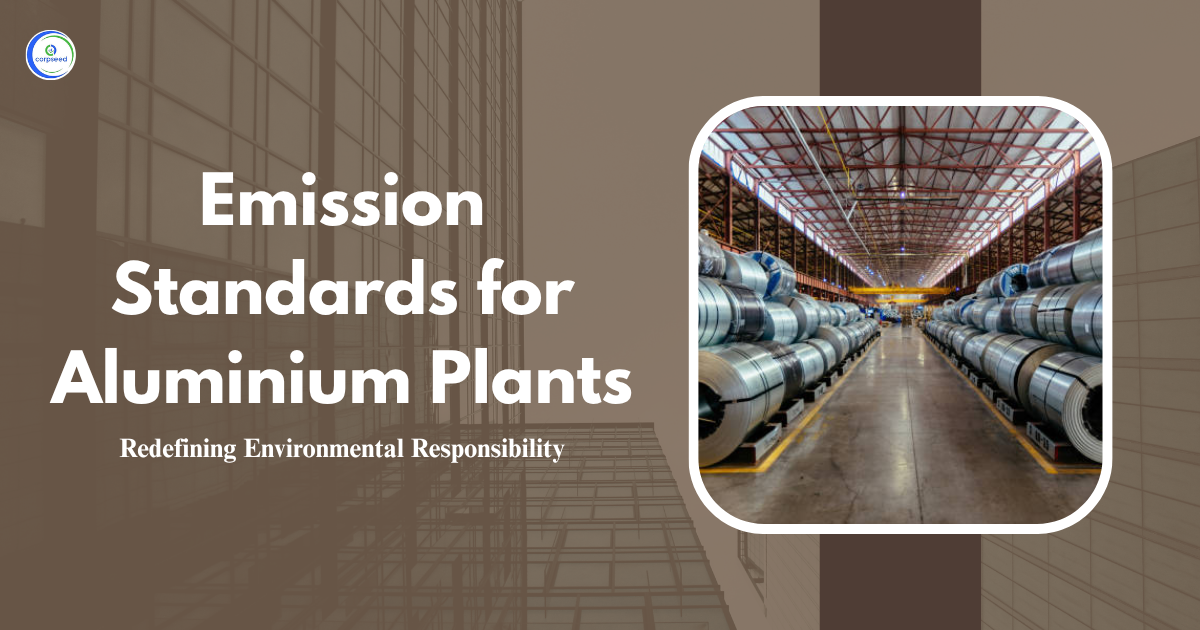The production of calcium carbide contains procedures that can produce a range of environmental pollutants. To ensure that these emissions do not severely affect public health and the environment, stringent standards have been established. These regulations guide the safe and responsible management of pollutants, which contribute to sustainable industrial practices.
Table of Contents
Understanding the Environmental Protection Rules, 1986
The Environmental Protection Act, 1986 laid the foundation for controlling environmental pollution in India. Its main purpose is to safeguard and enhance environmental quality by avoiding pollution and controlling environmental degradation. Under this Act, the Central Pollution Control Board (CPCB) and State Pollution Control Boards (SPCB) are authorized to monitor, regulate, and implement standards for emissions from industries.
The Environmental protection Rules specify approved limits for several pollutants, including the manufacture of chemicals and substances such as calcium carbide, in various sectors. Industries need to comply with these standards to ensure that, they do not add extremely to air, water or soil pollution. It involves setting limits on particulate matter, emissions of gases, and discharge into water reservoirs. The laws also highlight regular monitoring and implementation of pollution control measures to reduce harmful effects.
What is calcium Carbide and it’s Use?
Calcium Carbide (CaC2) is a chemical compound produced by heating a mixture of lime (calcium oxide, CaO) and coke (carbon) in an electric arc furnace. It is a hard, grey, or black crystalline solid that is extremely reactive, especially with water. When calcium carbide reacts with water, it generates acetylene gas (C2H2) and calcium hydroxide (Ca(OH)2). Acetylene gas is used as a fuel in welding and various industrial applications. Due to its reactivity and versatility, calcium carbide has many industrial uses across numerous sectors.
Key Uses of Calcium Carbide:
- Acetylene gas production
- Steelmaking deoxidizer
- Chemical synthesis (acrylonitrile, ethylene)
- Desulfurization of fuels
- Agricultural fertilizers (calcium cyanimide)
--------------Blog Contact Form-------------
Environmental Pollutants from Calcium Carbide Production
Calcium carbide is generated by an electric arc furnace, and its production process can emit a variety of pollutants into the environment. Some of the most common pollutants related with the production of calcium carbide are:
- Particulate Matter (PM): Fine particles that can pose serious health risks, especially when inhaled.
- Carbon Monoxide (CO): A toxic gas that can impair respiratory function.
- Sulfur Dioxide (SO2): A corrosive gas that can cause respiratory and environmental harm.
- Nitrogen Oxides (NOx): Contribute to acid rain and smog formation.
- Volatile Organic Compounds (VOCs): Harmful gases that can lead to ozone depletion and respiratory issues.
The production of calcium carbide, particularly in arc furnaces and kilns, forms particular quantities of particles, which, if not properly managed, can deteriorate air quality. Thus, emissions must be carefully controlled to ensure compliance with prescribed standards.
Benefits of Emission Standards
Emission standards are important for maintaining the subtle balance between industrial development and environmental protection. Establishing and implementing these standards provides numerous benefits, including:
- Health Protection: Emission limits help mitigate exposure of workers and surrounding communities to harmful pollutants such as particulate matter and toxic gases.
- Environmental Preservation: By limiting industrial emissions, these standards help safeguard air quality, water bodies, and soil from pollution, contributing to the sustainability of ecosystems.
- Legal Compliance: Following emission standards guarantees that industries adhere to national and international environmental regulations, avoiding fines and legal problems.
- Public Confidence: Complying with stringent emission standards improves the reputation of businesses, encouraging the public that their operations are not contributing to environmental degradation.
- Long-term Sustainability: Effective emissions control can lead to more sustainable industrial operations, where companies implement cleaner technologies and practices that reduce their carbon footprint and dependence on non-renewable resources.
Calcium Carbide Emission Standards
The Central Pollution Control Board (CPCB) and several State Pollution Control Boards (SPCB) have set specific emission standards for the production of calcium carbide. These standards are aimed at limiting the emission of particulate matter, gaseous emissions and other harmful substances into the environment.
For example, the emission standards for particulate matter in calcium carbide production include:
- Kiln: 250 milligrams per normal cubic meter (mg/Nm3).
- Arc Furnace: 150 milligrams per normal cubic meter (mg/Nm3).
These limits confirm that particulate emissions are kept at levels that do not majorly affect air quality or public health. Industries are also required to implement appropriate pollution control technologies such as electrostatic precipitators, scrubbers, and bag filters to fulfill these standards.
In addition to particulate matter, industries must control emissions of other pollutants, such as sulfur dioxide (SO2) and carbon monoxide (CO), by using correct control mechanisms such as gas scrubbers and emission treatment systems.
Also Read: What are the Standards for Emission or Discharge of Environmental Pollutants for Carbon Black
Monitoring and Reporting of Emissions
Compliance with emission standards is not just about setting limits, but also about monitoring and reporting emissions on a regular basis. To ensure that emissions remain within the set limits, industries must enforce a strong monitoring system. This includes:
- Continuous Emission Monitoring Systems (CEMS): These systems offer real-time data on emissions, helping industries continuously track their pollution levels.
- Periodic Monitoring: Regular inspections by environmental authorities ensure that companies are complying with standards and maintaining the required pollution control measures.
- Data Reporting: Industries need to submit periodic reports to the CPCB and SPCB detailing their emission levels and the steps taken to regulate pollution. This fosters transparency and responsibility.
- Independent Audits: Third-party audits of pollution control measures help confirm that emission control devices are working appropriately and that the industry is in compliance with standards.
- Public Disclosure: Publicly available emissions data promotes greater community awareness and helps hold industries responsible for their environmental impacts.
Conclusion
The emission or release of environmental pollutants during the production of calcium carbide can have significant consequences for both human health and the environment. By following to the emission standards set by the CPCB and SPCB, industries play a significant role in mitigating pollution and protecting the environment. Adoption of cleaner technologies, regular monitoring, and transparent reporting are crucial steps to achieve sustainable industrial practices. Emission standards are not just regulatory requirements, they are vital to ensure that industrial growth is balanced with the health of our planet and its inhabitants.
This portion of the site is for informational purposes only. The content is not legal advice. The statements and opinions are the expression of author, not corpseed, and have not been evaluated by corpseed for accuracy, completeness, or changes in the law.
BOOK A FREE CONSULTATION
Get help from an experienced legal adviser. Schedule your consultation at a time that works for you and it's absolutely FREE.



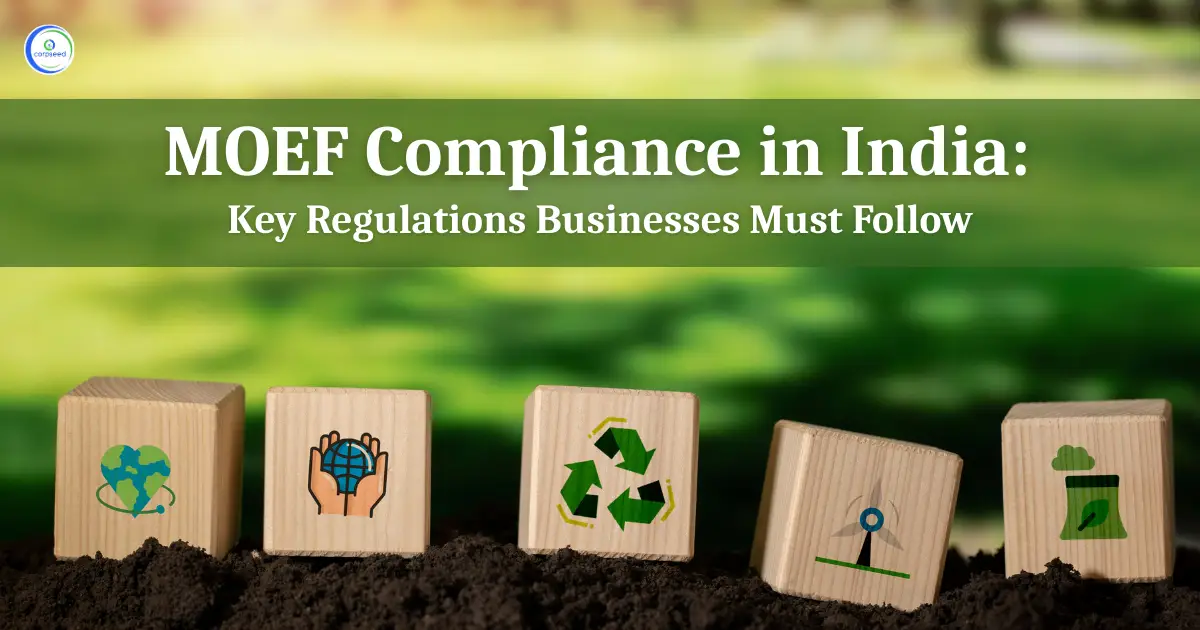
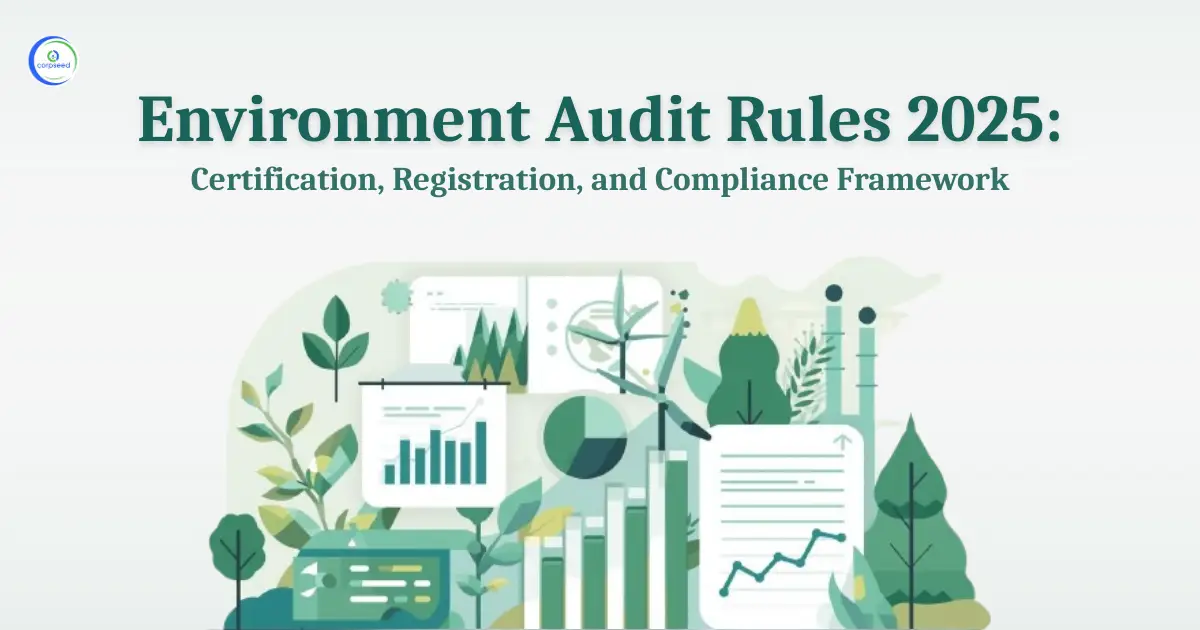
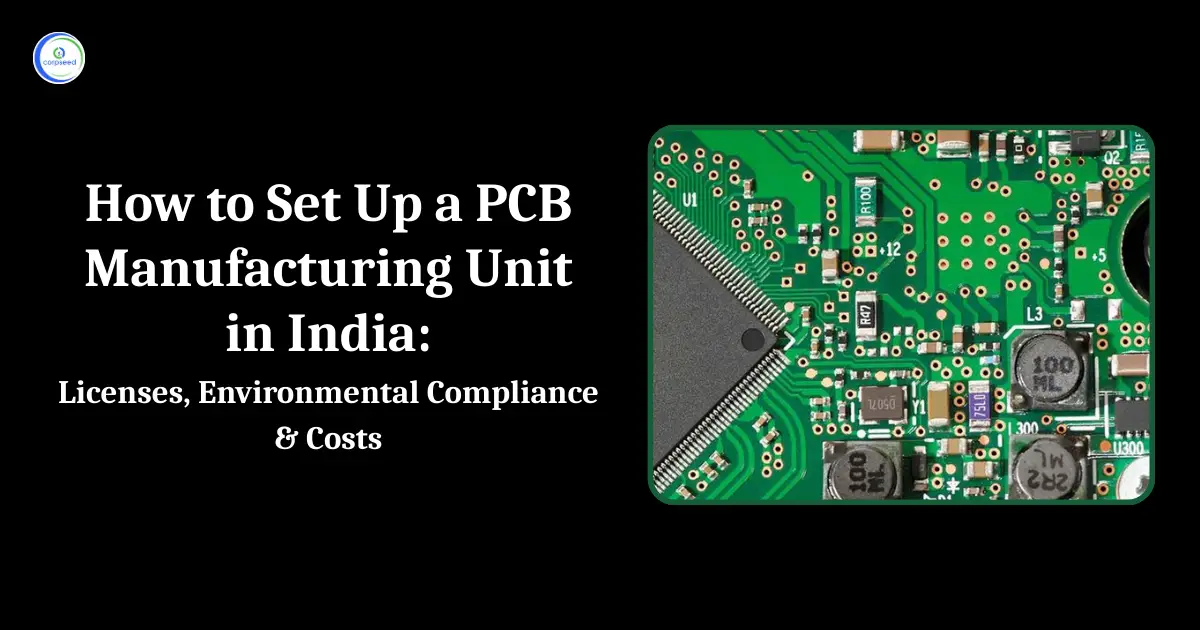
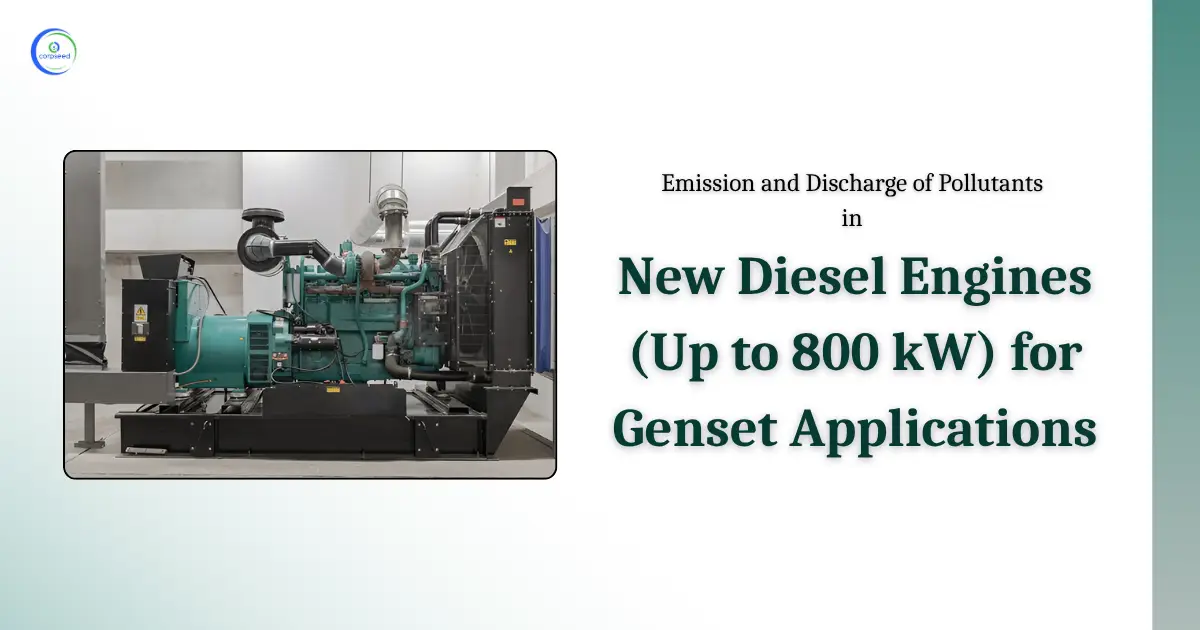
_Corpseed.webp)
.webp)
